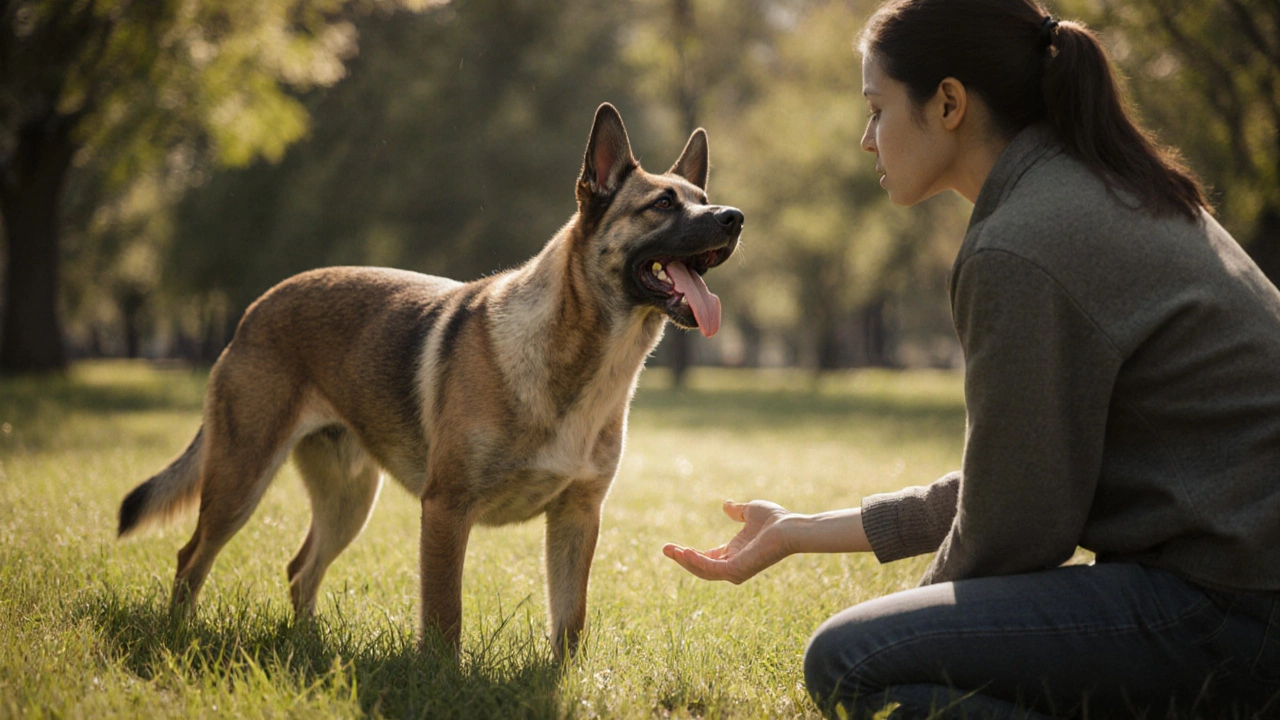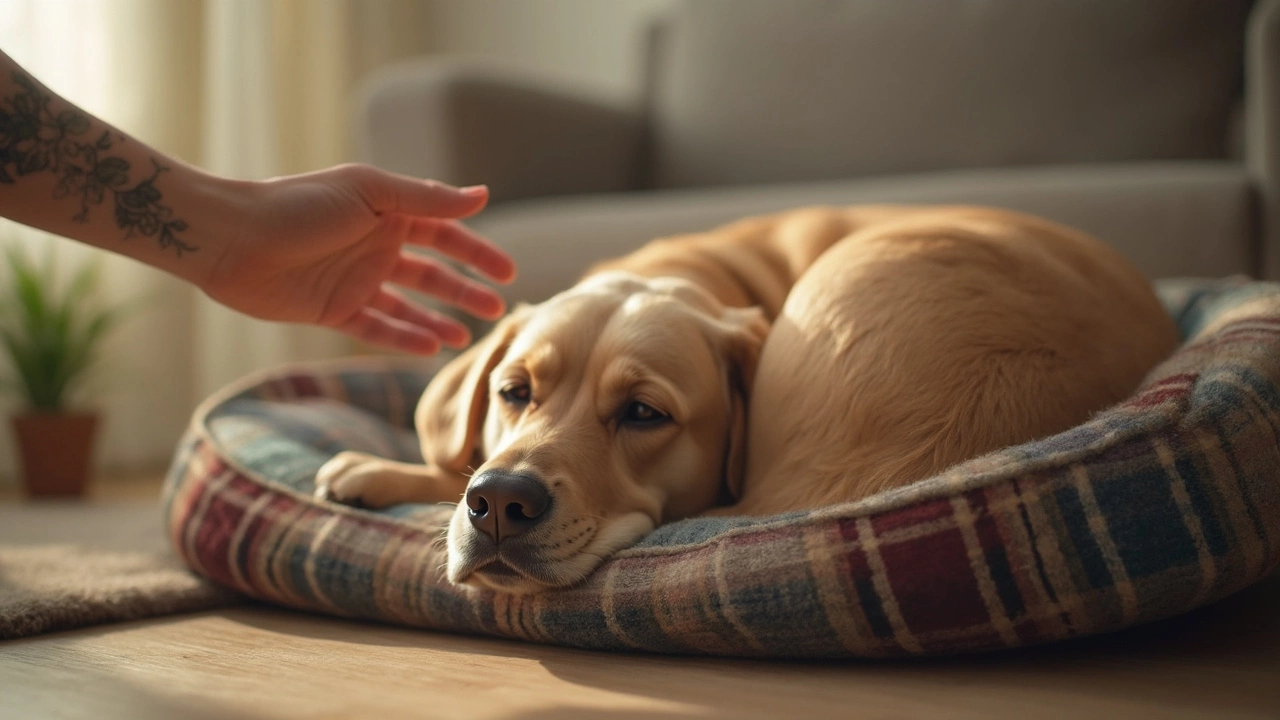Dog Petting: Simple Tips to Build Trust and Calm
Ever wondered why some dogs love a good belly rub while others pull away? The answer is often how you start the touch. A gentle, confident hand can make a dog feel safe, while a rushed or rough approach can raise stress. Below are practical steps you can use today to pet your dog the right way.
Read Your Dog’s Body Language First
Before you reach out, look for relaxed signals: a wagging tail, soft ears, and a loose mouth. If the dog’s tail is stiff or ears are pinned back, give them space and try again later. Approaching a tense pup with a sudden hand can cause fear, so always start slow.
One easy move is to extend a hand palm‑down at chest height. Let the dog sniff you; this is their way of checking you out. If they nuzzle or lick your hand, you’ve got a green light to start petting.
Where to Pet for Maximum Comfort
Most dogs enjoy gentle strokes along the chest, shoulders, and the base of the neck. These spots are low‑sensitivity areas where you won’t hit a sensitive spine or sore spot. Use a light, circular motion and pay attention to the dog’s reaction. If they lean into your hand, keep going. If they shift away, stop and try a different area.
Never pet directly on the top of the head unless you know the dog likes it. Many dogs see that as a dominant gesture. Instead, work your way down from the forehead to the cheeks, using soft, slow strokes.
For pups that love belly rubs, wait until they roll over on their own. A sudden belly rub can feel like a threat. Once they’re clearly offering the belly, use a gentle, rhythmic motion.
When you’re unsure, stick to the safe zones: chest, shoulders, and side of the neck. These areas are generally well‑tolerated and help the dog feel calm.
Remember to keep your touch light. Even a big, friendly dog can be startled by a hard pat. Think of your hand as a soothing brush, not a hammer.
Use your fingertips to feel the dog’s muscles. A relaxed muscle feels soft, while a tight one feels firm. Lightly massaging tight spots can ease tension, but only do it if the dog seems comfortable.
How long should a petting session last? Aim for a few minutes of steady, calm strokes. Dogs often lose interest after about five minutes, so stop before they become bored.
Consistent, calm petting builds a strong bond over time. Your dog will start to associate your hand with safety and happiness, which can help with training and vet visits.
Petting isn’t just about the feel; it also releases oxytocin for both you and the dog. This hormone boosts trust and reduces stress. So, a short petting session can actually make both of you feel better.
If you have multiple dogs, let each one have a turn. Some dogs get jealous if they see you focusing on a mate. A fair rotation keeps the peace.
For dogs that are shy or nervous, start with only a fingertip and a very brief touch. Gradually increase the time and area as they get more relaxed.
Pick a quiet spot for petting. Loud noises or a busy hallway can distract the dog and make the experience less soothing.
Remember to wash your hands before and after. Clean hands keep your dog’s coat fresh and reduce the risk of spreading germs.
If you’re training a puppy, use petting as a reward after a successful command. This teaches them that good behavior earns gentle affection.
Dogs that like being petted often enjoy ear scratches as well. Gently rub the base of the ear in a circular motion; most dogs love it.
Watch for signs that petting is too much: lip licking, yawning, or turning the head away. Those are cues to pause or stop.
Finally, stay present. Put away your phone and focus on the dog. Your attention tells them they’re the most important thing in that moment.
By following these simple steps, you’ll turn a regular petting session into a confidence‑building, stress‑relieving ritual for both you and your dog. Happy petting!
Posted By Bryndle Redding On 8 Oct 2025 Comments (0)
Dog Petting Etiquette: Where Not to Touch Your Canine
Learn which spots on a dog are off‑limits for petting, read warning signs, and follow a simple checklist to keep both you and the dog comfortable.
READ MOREPosted By Bryndle Redding On 30 Jun 2025 Comments (0)
Do Dogs Like Being Stroked While Sleeping? Dog Sleep Behavior Explained
Do dogs really enjoy being stroked while they're asleep? Explore their sleep behavior, warning signs, and touch preferences for better pet care.
READ MORE
